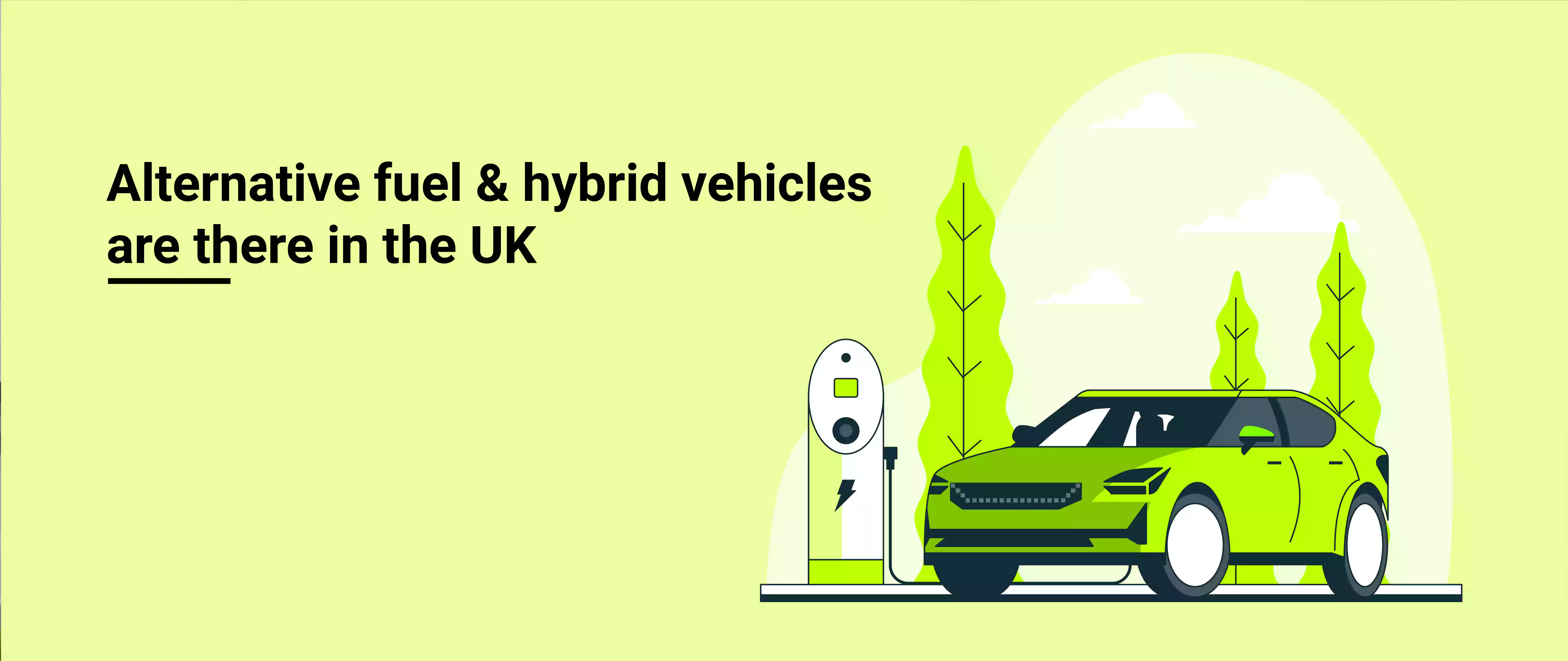How many cars run on alternate fuels and electricity in the United Kingdom?
Electric cars: The number of battery and plug-in hybrid electric vehicles sold in the UK in 2011 was just over 16,000 units. That number has multiplied one hundred times by December 2020, reaching around 1.7 million automobiles.

